Grain Mill
mykidsintow
15 years ago
Related Stories

REMODELING GUIDESWhy Mahogany? Amazing Grain, Luminous Color
Mahogany's Character and Warmth Shines Indoors and Out
Full Story
MATERIALSRaw Appeal: 9 Wonderful Ways With Natural Wood
Go with the grain and use minimally finished wood for gorgeous accent walls, artwork and more
Full Story
HOUZZ TOURSHouzz Tour: Sunny Update for a California Bungalow
Budget-Friendly Makeover Opens Mill Valley Home
Full Story
HEALTHY HOME12 Ways to Set Up Your Kitchen for Healthy Eating
Making smart food choices is easier when your kitchen is part of your support team
Full Story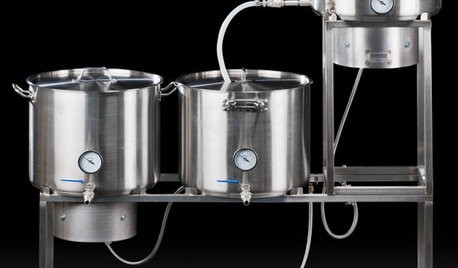
HOME TECHMake Home Sweet Home Even Sweeter With a Brewery Or Winery
New high-tech products make small-scale home beer and wine production easy and fun
Full Story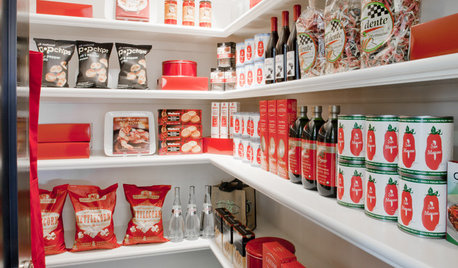
KITCHEN STORAGEGet It Done: How to Clean Out the Pantry
Crumbs, dust bunnies and old cocoa, beware — your pantry time is up
Full Story
ORGANIZINGThe Case for Hidden Storage
Imagine how much more peaceful your home would feel with cleared surfaces. And that’s just one reason to stow your supplies
Full Story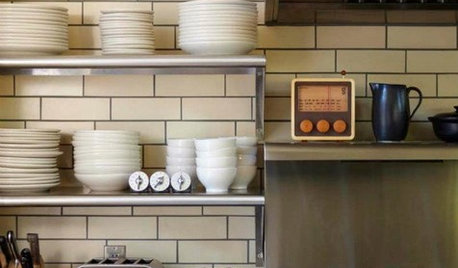
KITCHEN DESIGNCreate Your Own Checklist for a Well-Stocked Kitchen
Personalize the kitchen with your own must-haves from our list of top cooking tools, small appliances, pots, pans and more
Full Story
SHOP HOUZZShop Houzz: The Vegetarian’s Kitchen
Skipping the meat is as easy as pie with our picks for a vegetarian kitchen
Full Story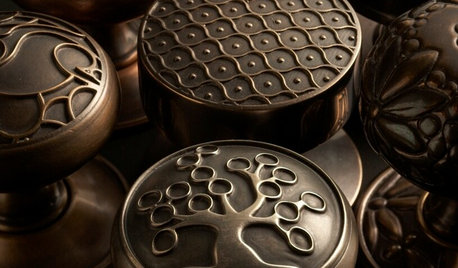
GREAT HOME PROJECTSNew Hardware Gives Doors a Turn for the Better
New project for a new year: Get a handle on how to find the knobs, levers or pulls that will make your doors memorable
Full Story


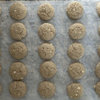

grainlady_ks
mykidsintowOriginal Author
Related Discussions
Anybody own a Country Living Grain Mill?
Q
Electric vs. Manual Grain Mills
Q
Inexpensive Grain Mill
Q
Grain mills
Q
robinkateb
grainlady_ks
rachelellen
grainlady_ks
arley_gw
jen_easydinners
Terrapots
grainlady_ks
mishapraise_yahoo_com
fotomat1